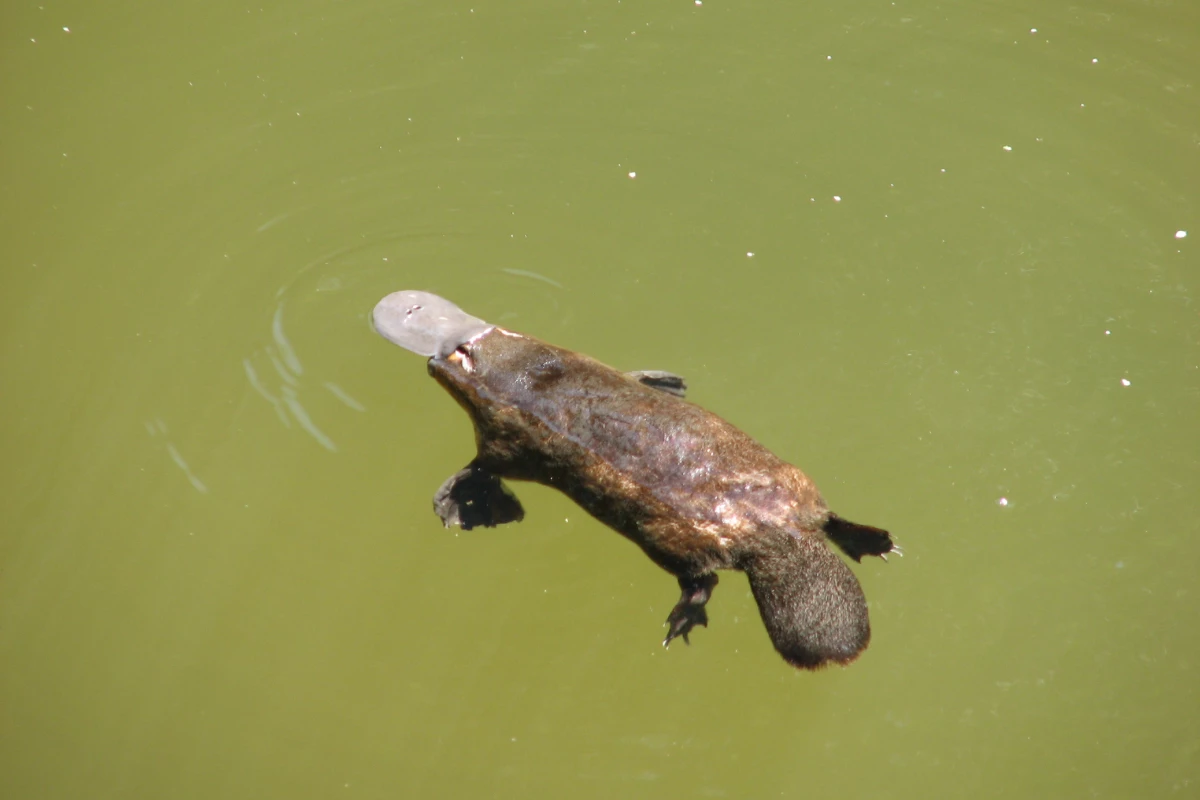Given how closely associated platypuses are with Australia, it's easy to assume that the animals will always be present there in large numbers. According to a new study, however, they may be facing a real risk of extinction – in many areas, at least.
Led by scientists from the University of New South Wales (UNSW), the study looked at human-caused factors such as land-clearing for agriculture, the fragmentation of waterways via the building of dams/weirs, and climate change. The lattermost of these is particularly relevant in light of the current Australian drought, which is causing platypuses to become stranded in small areas as rivers dry up.
When the predicted expansion rates of these and other factors were taken into account, it was estimated that over the next 50 years, local populations of the animals would die off across about 40 percent of their present range – and things will keep getting worse from there. This represents an acceleration in the species' current rate of decline, which has reportedly been ongoing since the European colonization of Australia.
"There is an urgent need to implement national conservation efforts for this unique mammal and other species by increasing monitoring, tracking trends, mitigating threats, and protecting and improving management of freshwater habitats," says UNSW's Dr. Gilad Bino.
The platypus' conservation status is currently unlisted in most parts of Australia, although the animal is officially considered "Endangered" in the state of South Australia. Its status was recently downgraded to "Near Threatened" by the International Union for Conservation of Nature.
A paper on the study was recently published in the journal Biological Conservation.
Source: University of New South Wales




